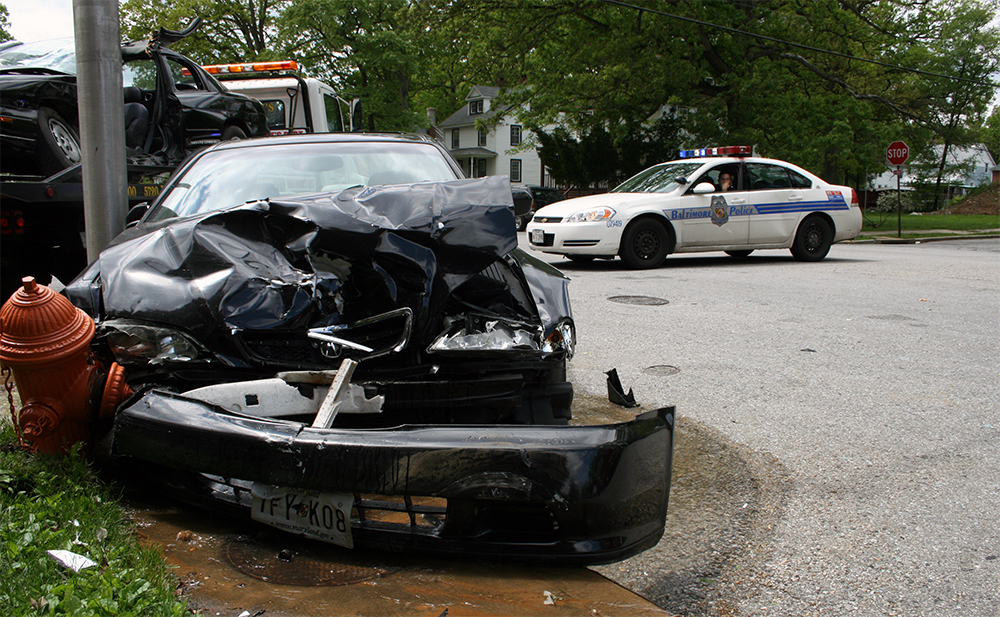The United States has seen terrible accidents in the past few years about 18,000 incidents reported daily.
Why? Broken traffic laws.
Seat Belts and Loose Objects in Vehicles
Several tests show that wearing seat belts can save a lot of lives. Children are susceptible to accidents. If your child is not correctly restrained to the back seat during an accident, that can cause some permanent health issues.
Heavy objects like car tools can act as projectiles and hurt you. Not to mention the damage they can do to your car. Some things to consider here are:
- Infants and toddlers should be fastened on a baby chair adjusted appropriately at the back seat.
- Pets should be in their crates when you are traveling.
- Any loose packages, tools, and heavy items lying around the car should all be placed in the trunk, so they do not hurt you.
Driving While Texting or Calling
Most teenagers are guilty of this. I mean, one small text isn’t going to cause chaos, right? Well, this thought process continues with complete confidence until one of them hits someone or something on the road. To avoid breaking the law, one must:
- Keep the phone on silent
- Place it out of reach
- If notifications bother you, put the phone on Do Not Disturb until you reach home.
- Avoid texting even if the traffic light says red.
- Use Bluetooth handsfree for urgent calls.
Distracted Driving
People distracted in other activities while driving has 23 times higher chances of getting in an accident. 60% of youngsters between the ages of 16 to 30 usually are distracted while driving. Typically, people are distracted on routes they are familiar with, like:
- Commuting to/from work
- Going to the local grocery store
- Driving on a less crowded highway
As your confidence rises, you become more and more distracted until something severe and unexpected happens. After getting in an accident, most of the distracted drivers have been seen to mention something like, “It’s my usual route. Nothing normally happens, and this was extremely unexpected.”
Some common types of distracted driving are:
- Texting/Calling (discussed above)
- Scrolling through social media
- Eating or drinking
- Focusing entirely on the music
- Doing makeup
- Looking for something that fell down
- Distracted towards pets
- Making contact with baby/other passengers
- Feeling sleepy
- Reading signboards with complete focus
To avoid distracted driving, one must:
- Avoid the use of cell phone
- Listen to music at a moderate sound
- Focusing on the road with an occasional glance at things
- Restricting children/pets to the back of the car
- Listen to what the passengers are talking about but don’t lose focus of the road.
Malfunctions And Mechanical Issues
If your car is not up to date with maintenance, there is a high chance that it can cause a malfunction on the road. Imagine a scenario where you think everything with your car is fine. Still, it causes a rear-end collision only because of unchecked brakes, and everyone ends up with a bulging disc in the neck. Now, whose fault is this? Yours or the other persons? What about a scenario where a broken tail light causes another car to hit you from the back at night? With these mechanical problems in the vehicle, your chances of being in an accident increase dramatically – no matter how vigilant you are on the road. Accidents caused by malfunctions and mechanical issues can be avoided by:
- Getting your wheels aligned regularly
- Making sure that the brake/engine oil is changed on the date
- Regular car wash and service
- Check and change lights
- Changing wheels when they are due
Motorbike Stunts
Some bikers are exactly like careless car drivers. Stunts, illegal moves, sudden brakes, and breaking signals have become quite common for our riders on 2 wheels. Unfortunately, this is against the law. Not to forget that a person in a bike accident has 150% more chances of developing severe injuries and chronic pain that lasts for years. Bikers must always:
- Wear proper biking attire
- Maintain the speed limits
- Avoid performing stunts
Driving While Intoxicated
While drinking or doing drugs is your own problem. Still, when you take this habit behind the wheel, it automatically becomes a crime. Being under the influence of intoxicants can decrease your muscle to mind coordination, decreasing your ability to think and act on the road. These are two essential things to maintain. Intoxicated driving accidents can be reduced by:
- Using Uber when under the influence
- Altogether avoid being behind the wheel until the effect wears out
- No drinking before you leave for someplace
- Keeping intoxicants out of the car
Hit And Run Cases
Many people are scared of the law and hence prefer running away instead of waiting for the authorities to arrive at the accident scene. Every year, almost 500 Americans die in a hit-and-run accident because they are not provided with the necessary support. Whether you are just a witness or have been involved in an accident – even a minor one-it is important to legally wait and go through the entire process. Always:
- Contact 911
- See if everyone in the car is safe.
- Check and evaluate the condition of your vehicle.
- Contact your insurance company.
- See if there is a need for any medical assistance. Sometimes a whiplash from a car accident can also become a chronic problem if not treated on time.
- Do not move the car from the accident scene until the police confirm your reports.
Confusions And Problems in Decision Making
Sometimes you are not breaking any law, but there is major confusion on when to change lanes and how. Most people who are scared of these decisions learn from experience and more road time. However, if you get confused, there are certain tips to maintain balance on the road when driving:
- Practice on less busy roads first before moving on to major highways
- Always use indicators, especially if you take time changing the lane
- Maintain a distance of 20 feet (or more) from the vehicle ahead of you
- Drive in the middle or slow lanes if you get confused by the honking of faster vehicles
- Pay attention only to the road in front of you
Conclusion
Car accidents are a continuously growing cause in the US. There are so many rules that people break when commuting from one place to the other. If you are guilty of breaking any of the rules above, make sure to change your habits because something life-threatening or dangerous happens.







Recent Comments